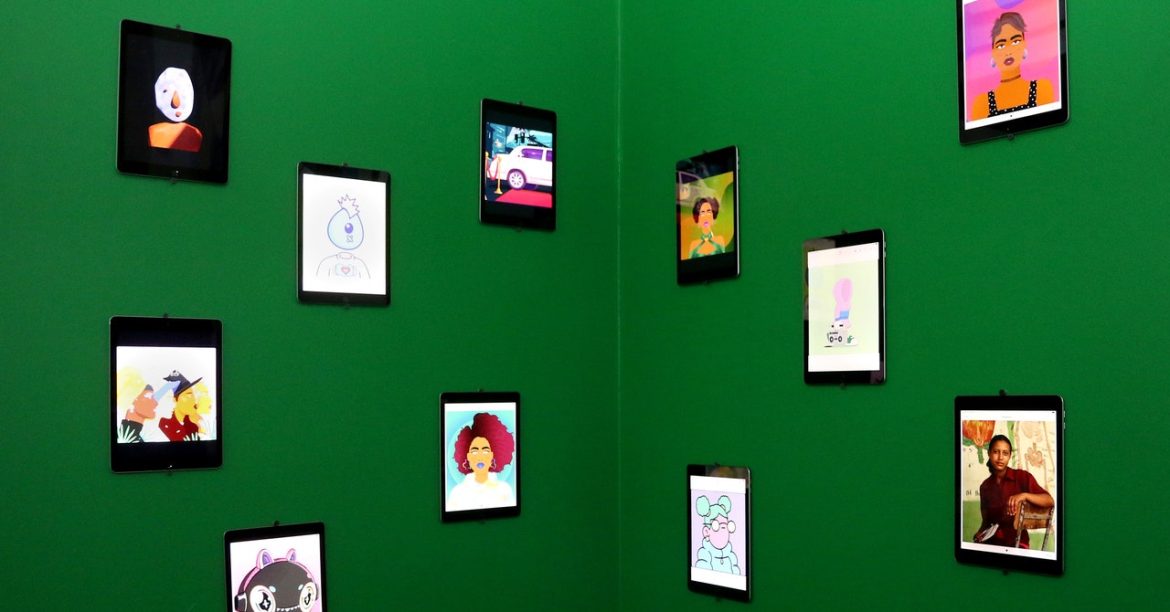The Rise of NFT Videos in Digital Photo Frames
Exploring the NFT Video Marketplace
In the latest episode of ‘Gadget Lab,’ we delve into the emerging trend of NFT videos being sold preinstalled in digital photo frames. This new phenomenon has gained popularity in the digital art world, combining the traditional concept of photo frames with the modern technology of non-fungible tokens (NFTs).
The Intersection of Art and Technology
The concept of NFT videos in digital photo frames represents the intersection of art and technology. NFTs have revolutionized the art world by allowing digital works to be tokenized and sold as unique collectibles. By integrating NFT videos into digital photo frames, artists are able to showcase their work in a tangible form, bridging the gap between physical and digital art.
A New Way to Experience Art
For art enthusiasts, NFT videos in digital photo frames offer a new way to experience and collect digital art. Instead of simply owning a digital file, collectors can display NFT videos in their homes as they would traditional art pieces. This adds a new dimension to the viewing experience and provides a unique way to showcase NFT video collections.
The Impact on the Digital Art Market
The introduction of NFT videos in digital photo frames has had a significant impact on the digital art market. It has created a new avenue for artists to monetize their work and has attracted a new wave of collectors who are interested in owning and displaying NFT videos in their homes. This shift in the digital art landscape has sparked discussions about the future of art ownership and the role of NFTs in the art world.
Looking Ahead
As the market for NFT videos in digital photo frames continues to grow, it will be interesting to see how this trend evolves and influences the digital art world. Artists, collectors, and technologists are all closely monitoring the developments in this space, eager to see how NFT videos in digital photo frames will continue to shape the future of art and technology.

I have over 10 years of experience in the cryptocurrency industry and I have been on the list of the top authors on LinkedIn for the past 5 years. I have a wealth of knowledge to share with my readers, and my goal is to help them navigate the ever-changing world of cryptocurrencies.
